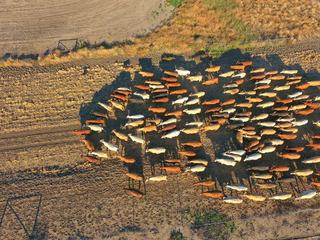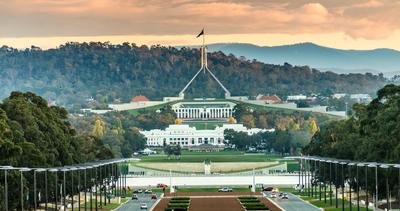Cattle Sales Indicators Up In Past Week, After Easing In April


Cattle Sales Prices Dip In April, But Remain Above Year-Ago Levels
The Western Young Cattle Indicator (WYCI) hit a new record this week at 1,222.66c/kg cwt after strong April rainfall in WA improved re-stocker sentiments.
This surpassed the previous record from April 22 by three cents, with the indicator increasing 73c on Tuesday after the sale in Muchea, WA.
However, while prices are stronger, yardings are still seasonally softer, according to Meat & Livestock Australia’s weekly cattle market wrap published May 4.
Medium steer prices bounced back by 60c week-on-week following interest from re-stockers, which pushed up demand, the industry research, development and marketing body reports.
Meanwhile, the Eastern Young Cattle Indicator (EYCI) was up 20c week-on-week at 1107.75c/kg cwt.
Roma offered a 39c premium on the national average after strong rains in Queensland last week improved re-stocker sentiment, MLA notes.
“While Roma had softer yardings at nearly 3,000 head with more buyers present, the quality was better across all the categories,” it reports.
“Dalby is expected to experience good rain, increasing demand from re-stockers. With widespread rain across key producing areas in Queensland, the market continues to show resilience.”

For the month of April, national trade steer prices eased slightly, down 2.2 per cent, however prices are holding at a healthy premium on levels a year ago, says Elders in its latest cattle market update published April 28.
Medium steer prices recorded a larger decline of 6.1 per cent, bringing prices back to just five per cent above year ago levels.
At a state level, Victoria recorded a decline of 13 per cent compared to last month, as supply increased, however, prices remain above the two-year average, Elders notes.
Smaller declines were felt across the country, with NSW being the exception, recording a 2.7 per cent increase to put current prices 21 per cent above levels a year ago, it says.
As weaner sales approach the end of their selling period, the performance at weaner sales over the past few months has been “very strong”, especially for quality featured lines of cattle, Elders Livestock Manager, Victoria and Riverina, Matt Tinkler, says.
He adds that the female cattle market remains buoyant, driven by long-term confidence, good seasonal conditions and strength in weaner prices carrying over to breeding stock. Increased interest in the past two to three months saw prices for breeding females with calves at foot sell for up to $5,500, he reports.
In Queensland, both feeder and store cattle prices have slipped in past weeks driven by an increase in supply on the domestic market, amplified by lower levels of live export demand, says Paul Holm, Elders Livestock Manager, Queensland.
“Historically, the price difference between flat back and Brahman cattle floats between 10-30c/kg, however, the difference has been much higher recently, as much as 70c/kg, sending a strong signal to the market.
“The decline in price is expected to impact markets over the short term, however, a run of short weeks and significant rainfall in grazing regions in Northern and Central Queensland could see supply and demand re-balance as producers look to keep cattle on feed,” he suggests.







